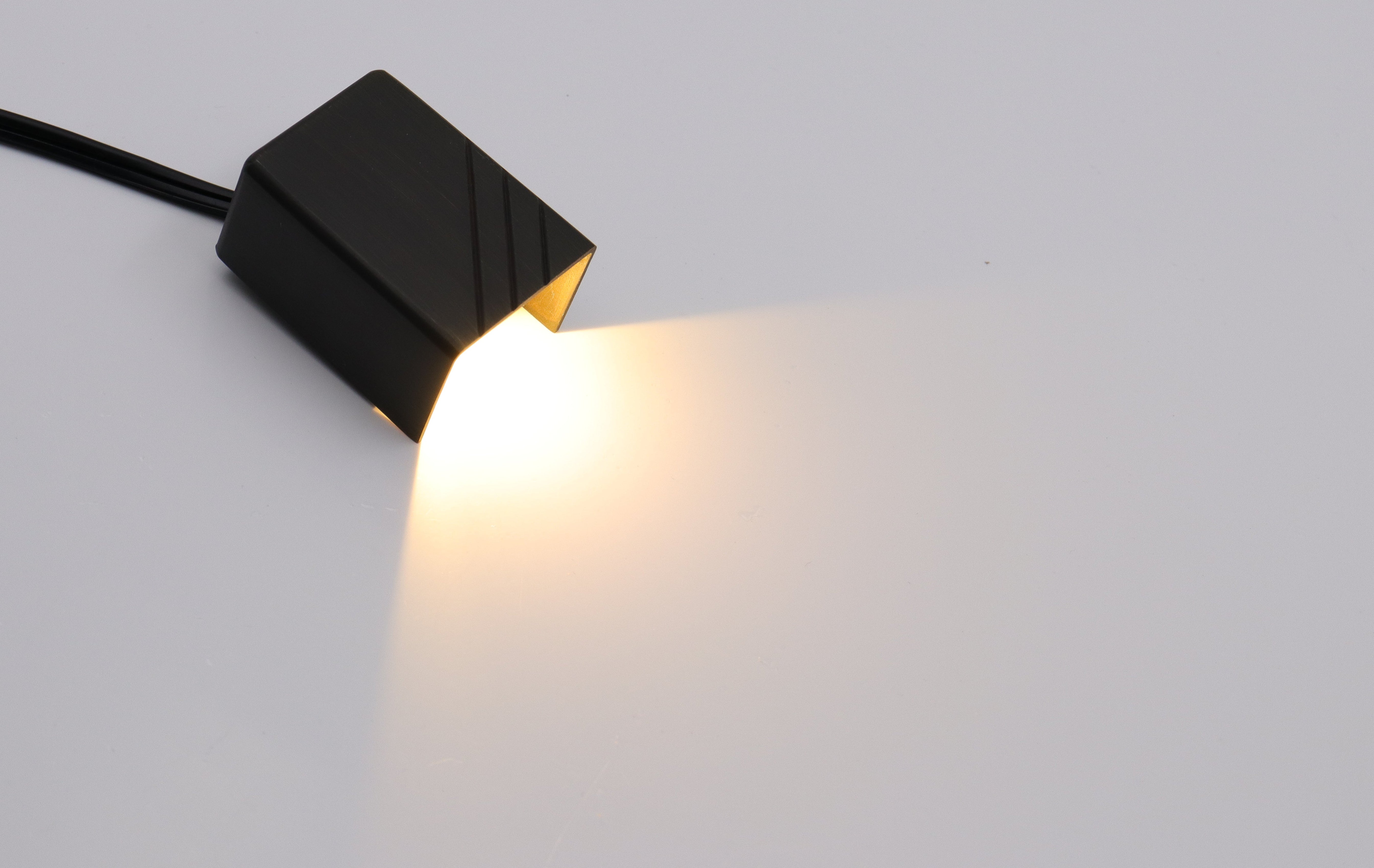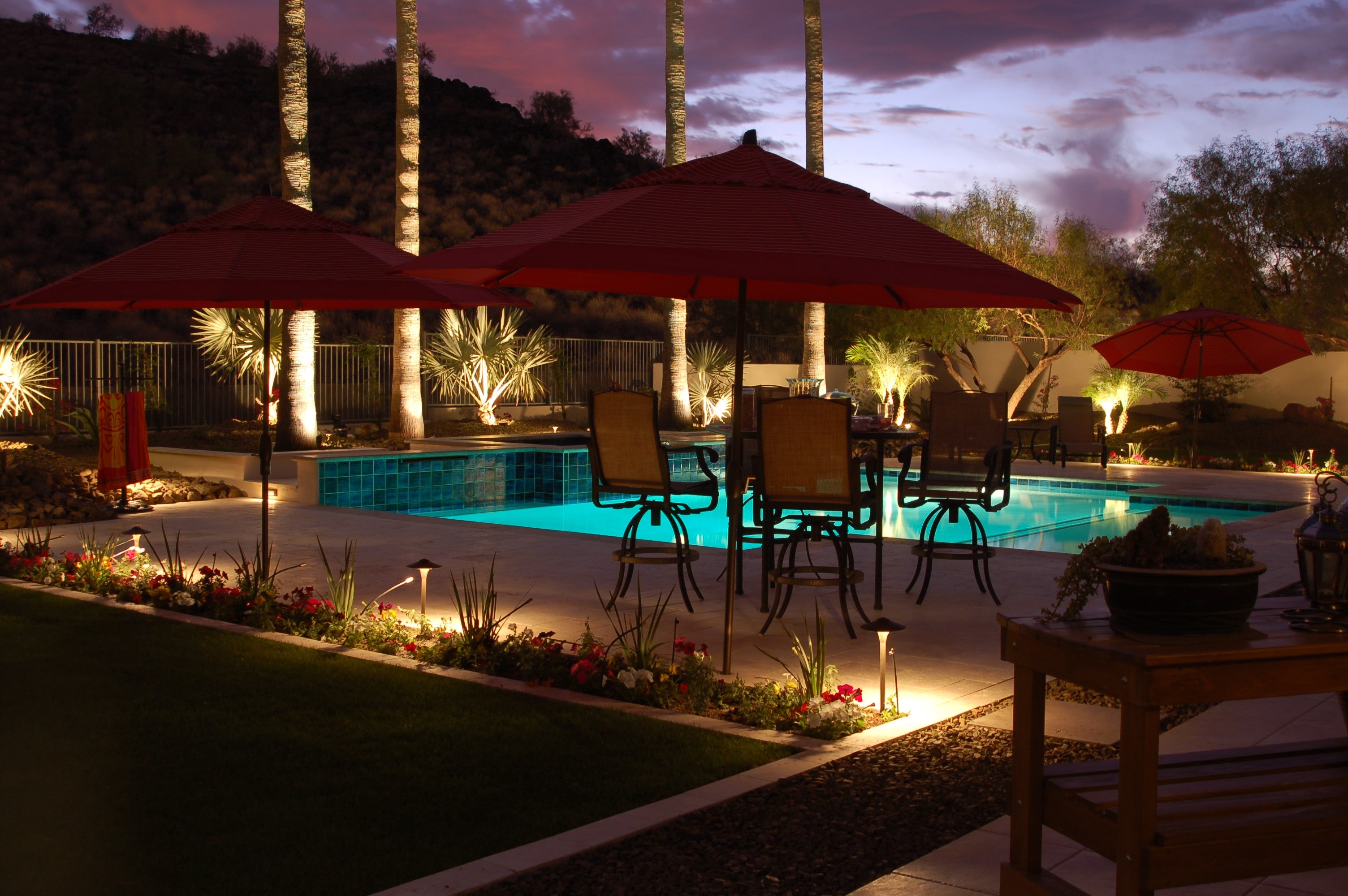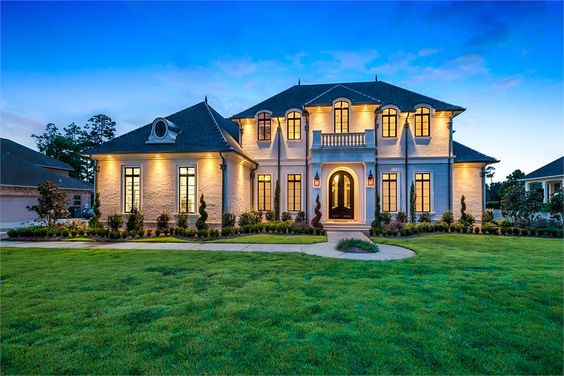Imagine this: You've invested thousands of dollars in landscaping, beautiful gardens, and architectural features to make your home stand out. But at night, your house either disappears into darkness or is ruined by harsh, unappealing lighting. 90% of homeowners make serious mistakes when choosing outdoor spotlights, and that's the reality.
The truth is:
Approximately 68% of American homes have outdoor lighting that is either ineffective or inefficient in terms of energy (DOE 2023 Report). That means millions of homeowners are wasting money on harsh glare, burnt-out bulbs, and sky-high electric bills—all while their carefully curated landscaping vanishes into the shadows after sunset.
But here’s what smart property owners know: Lighting isn’t an expense—it’s an investment. Proper landscape lighting can increase property value by 20% (National Association of Realtors), turning your backyard into a nighttime showpiece that dazzles potential buyers. And it’s not just about aesthetics—well-designed outdoor lighting reduces tripping hazards by up to 45% (Home Safety Council), protecting your family (and your liability risks) from hidden steps or uneven pathways.
In this comprehensive guide, we'll reveal the 5 professional secrets used by top landscape designers and lighting engineers—the same techniques that transform ordinary yards into magazine-worthy nighttime showcases.
Secret 1: The Lumens vs. Watts Deception (Plus the Beam Angle Factor Most Stores Won't Tell You)
The Critical Mistake 90% of Homeowners Make
Those bright orange "100W Equivalent!" stickers at Home Depot and Lowe's? They're playing a sneaky numbers game with your lighting budget. Here's what the big box stores conveniently leave out of their marketing:
- Watts measure energy consumption - Not how bright your lights are (that's like judging a steak by how long it cooked rather than its actual quality)
- Lumens = real light output - This is the number that matters for brightness
- Beam angle controls light spread - The most crucial (and most ignored) factor in outdoor lighting
The shocking truth? Most homeowners are:
- Wasting 30-40% more electricity than necessary
- Creating harsh, unflattering lighting that decreases curb appeal
- Missing the opportunity to highlight their home's best architectural features
The Professional Solution: Beam Angles Decoded
We interviewed 25 landscape lighting designers to create this definitive guide:
| Beam Angle | Professional Applications | Insider Tips |
|---|---|---|
| 10°-25° (Pinspot) | Signature trees, sculptures, house numbers | Creates "museum quality" accent lighting |
| 25°-45° (Narrow) | Tree trunks, columns, fountains | Space every 3' for perfect shadow play |
| 45°-60° (Medium) | Pathways, stone walls, garden beds | Ideal for "texture lighting" on brick/stone |
| 90°-120° (Flood) | Driveways, large patios, security areas | Always combine with spotlights for dimension |
Pro Tip: The magic happens when you layer 2-3 different beam angles in the same area.
Secret 2: Color Temperature – The Invisible Hand That Shapes Your Home’s Personality
The Costco Effect: Most homeowners unknowingly sabotage their curb appeal by opting for the cheapest 5000K (cool white) bulbs, turning their charming Tudor into what resembles a prison yard or hospital parking lot after dark.
The Science Behind the Magic:
- 2,700K- 3,000 K (Warm White): Creates a golden, candlelit glow that makes brick, stone, and wood feel rich and inviting (think high-end restaurants)
- 4000K+ (Cool White): Emits a sterile, blue-toned light that flattens textures and makes spaces feel cold and unwelcoming
- Pro Tip: The warmer the light, the farther the human eye perceives it to be—meaning 3000K fixtures can make your property feel more expansive
Why Your Neighbor’s Home Always Looks Better:
They likely use 2700K-3000K LEDs in these key locations:
- Porch lights (soft glow for welcoming arrivals)
- Path lights (gentle guidance without glare)
- Uplighting (enhances natural materials without washing them out)
Bonus Hack: For contemporary homes, 3000K-3500K provides a crisp (but not cold) modern look while maintaining warmth.
The Golden Rule: Your outdoor lighting should make guests feel invited, not interrogated.

Secret 3: Placement Physics - The Invisible Science Behind Perfect Outdoor Lighting
Why Your Lighting Looks Amateur (While the Pros' Looks Magical)
Most homeowners don't realize that proper fixture placement follows exact physics principles - get it wrong, and you'll create one of these three common disasters:
The Tree Lighting Fail
- Amateur Move: Placing a light right at the trunk pointing straight up creates that unflattering "flashlight on chin" effect, making your beautiful maple look like a cartoon ghost.
- Pro Secret: Position fixtures 1.5x the tree's height away at a 45° angle. This creates natural-looking moonlight effects that highlight bark texture and branch structure.
The Pathway Blinding Incident
- Amateur Move: Overpowering downlights every 10 feet turns your walkway into an airport runway - harsh, glaring, and full of dark spots.
- Pro Solution: 18" shielded bollards with warm 3000K LEDs spaced 6-8 feet apart create a welcoming "breadcrumb trail" effect that guides guests safely without the glare.
The Architectural Wash Nightmare
- Amateur Mistake: A single spotlight creates harsh hotspots that make your home appear as if it's under police surveillance.
- Pro Approach: Multiple fixtures at calculated distances (typically 8-12ft apart for walls) using a mix of spot and flood beams for perfectly even illumination.
The Golden Rule of Placement
- Lighting should reveal your architecture and landscaping rather than call attention to itself. When done correctly, guests will only notice how beautiful your home looks at night, not the fixtures creating the magic.
- Bonus Pro Tip: Always test placement at night with temporary fixtures before making permanent installations. What appears good on paper often requires adjustments in reality.
Secret 4: The False Economy of Cheap Spotlights (A $1,000 Lesson)
Here’s the dirty secret discount brands don’t want you to know: Cheap outdoor lighting is a liability, not a savings. Those plastic housings? They turn yellow and crack under UV exposure. The thin-gauge wiring? A squirrel’s chew toy waiting to happen. And that "10-year warranty"? Good luck getting a human on the phone when moisture seeps into the circuitry by season two.
Savvy homeowners play the long game. Investing in commercial-grade fixtures with brass or powder-coated aluminum housings may cost three times more upfront, but they’ll outlast your mortgage. Look for sealed gaskets, copper-core wiring, and actual IP65 waterproof ratings (not just "weather-resistant" marketing fluff). Pro tip: If the packaging says "for indoor/outdoor use," put it back. That’s corporate-speak for "we didn’t bother engineering either properly."

Secret 5: Weatherproofing and Maintenance
Long-Term Performance One of the most common mistakes homeowners make is not considering the long-term durability of their outdoor lighting fixtures. Since spotlights are exposed to the elements year-round, it’s crucial to invest in weatherproof models. Rain, snow, extreme heat, and humidity can cause standard spotlights to degrade quickly, resulting in rust, corrosion, or electrical failure.
Choosing weather-resistant materials, such as die-cast brass spotlights, ensures that your lights will continue to perform reliably for years. Additionally, look for spotlights that have an appropriate IP (Ingress Protection) rating, which indicates their resistance to dust and water. An IP65 or higher rating is ideal for outdoor lighting, protecting both water jets and dust infiltration. This ensures that the spotlights won’t short-circuit during a downpour or fail prematurely due to environmental exposure.
Conclusion: Lighting That Makes Neighbors Stop and Stare
Just implement 3 of these 5 secrets, and your home's lighting will be in the top 10% in the country. Remember:
- Beam angles are as crucial as brightness
- 2700K-3000K creates warmth that cheap lights can't match
- Placement distance matters more than lumens for trees
- $50+ spotlights save money long-term
- Invest in weatherproof spotlights made from materials like die-cast brass
By applying these five professional secrets, you can elevate your outdoor spaces from simple to stunning, creating a nighttime landscape that’s both functional and breathtaking. Whether you're looking to enhance the beauty of your yard or add a touch of drama, the techniques shared here will help you achieve the kind of atmosphere that could easily grace the pages of a design magazine. With a little planning and the right tools, you’ll be ready to transform your outdoor space into an unforgettable nighttime showcase.






Leave a comment
All comments are moderated before being published.
This site is protected by hCaptcha and the hCaptcha Privacy Policy and Terms of Service apply.